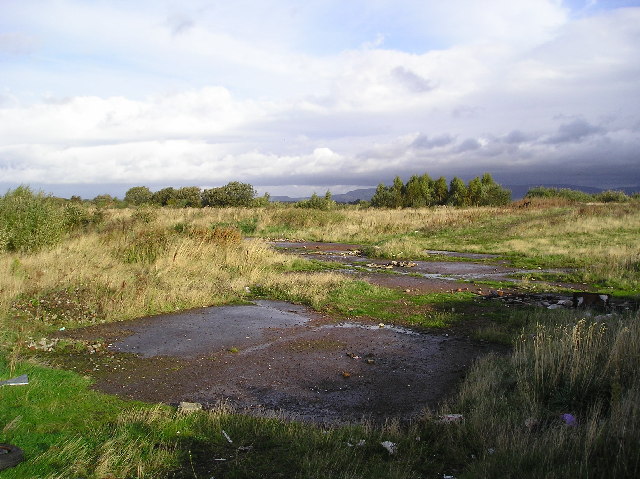Recommendations published from the Vacant and Derelict Taskforce

Derelict land is a wasted resource that should help to deliver national ambitions for a fair and green recovery, a national taskforce said earlier this month.
The Vacant and Derelict Land Taskforce has made a series of recommendations to Scottish Government which aim to transform Scotland’s approach to tackling the legacy of derelict land and ensure that it is no longer acceptable to allow land to fall into long term disrepair.
A new approach is now even more important as the COVID-19 response shifts the way city centres are used and businesses adapt to different working arrangements. The pandemic is laying bare the needs and demands for access to safe quality space in our neighbourhoods. With the very real threat of more buildings and spaces lying empty and in disrepair it is imperative that Scotland not only tackles a 30-year-old legacy of vacant and derelict land but prevents a new legacy from forming. The recommendations outline how land can be reused to help achieve Scotland’s targets for climate change, wellbeing and the economy.
Taskforce Chair, Scottish Land Commissioner Andrew Thin, said:
“Scotland’s legacy of derelict land reaches into all communities, but our research shows that it is areas of most economic disadvantage that have the greatest concentration. These sites could instead be assets for their communities, providing much needed greenspace, growing space, community facilities, housing or businesses.
“Our recommendations require commitment from every level of government, as well as public and private organisations and landowners. The proposals not only call for a commitment to responsible practice by owners but recommend using planning guidelines, tax laws and other actions such as compulsory sales orders to halt the practice of leaving land unused.
“We must see urban land as a reusable resource, one that can be brought back into viable life to the betterment of local communities and the wider economy.”
The Taskforce was jointly created by the Scottish Land Commission and SEPA in 2018. Part of the research it has carried out has helped to identify some priority urban sites, which have lain empty since before 2000 and have the best potential for reuse. There are also many examples of regeneration of disused land already in Scotland. These can range from major redevelopment such as the Clyde Gateway project to community growing or education spaces and social housing.
“Our recommendations call for a national approach to tackling vacant and derelict land and to stem the flow of new sites. We need to make it unacceptable for land to be left to fall into disrepair. Scotland cannot afford to ignore this land any longer and as the pandemic changes the way people work and shop, we cannot let it happen again,” Mr Thin said.
Scotland has almost 11,000 hectares of vacant and derelict urban land. This legacy of Scotland’s industrial past means that almost a third of the Scottish population lives within 500 metres of a derelict site. So the Taskforce believes this matters to us all. These sites blight communities, harm wellbeing, and limit opportunities – but they could be so much more and help solve some of society’s biggest challenges.
Taskforce members including Scottish Futures Trust, Scottish Enterprise and the Development Trusts Association of Scotland (DTAS) are part of the solution. They are committed to work on changing attitudes and daily practice within planning, development and regeneration sectors to galvanise a changed approach to derelict and vacant sites.
Communities Secretary Aileen Campbell said:
“The coronavirus pandemic has been an unprecedented global crisis, with its effects felt most acutely in local communities. It has also highlighted the urgent need to ensure that our recovery from the pandemic is a green recovery focused on wellbeing.
“Tackling Scotland’s legacy of vacant and derelict land has always been a key objective, but our recovery from COVID-19 makes it even more important. Bringing these sites back into use can deliver multiple benefits such as providing space for housing, growing food and playing, as well as helping to reduce crime and antisocial behaviour, attracting more inward investment and improving people’s wellbeing, whilst supporting our transition to becoming a net-zero society.
“I welcome the Vacant and Derelict Land Taskforce’s report and look forward to working with the Scottish Land Commission and other stakeholders to discuss and develop detailed proposals based on its recommendations to help deliver a culture change in Scotland’s approach to vacant and derelict land.”
Find out more on the Scottish Land Commision's website.


